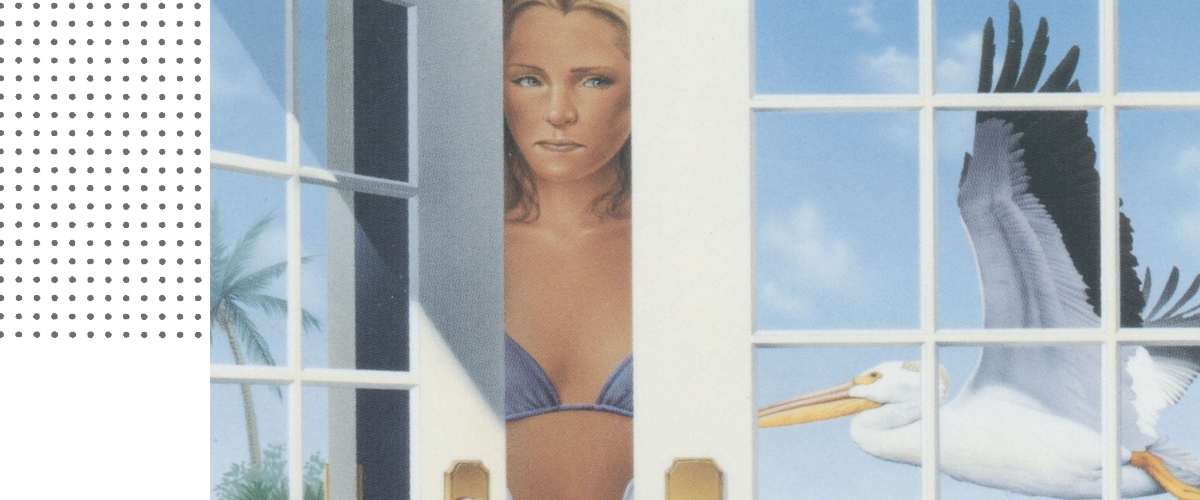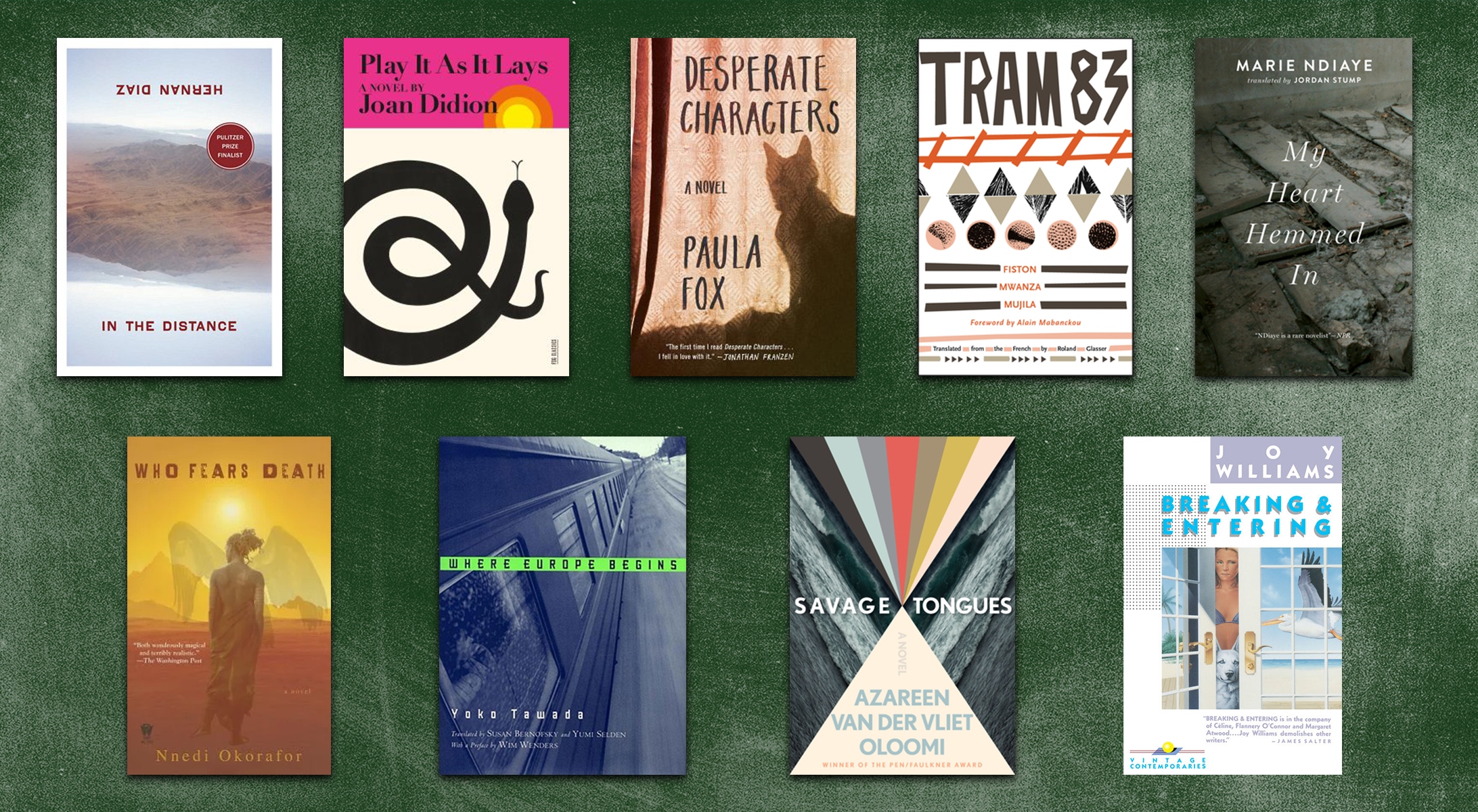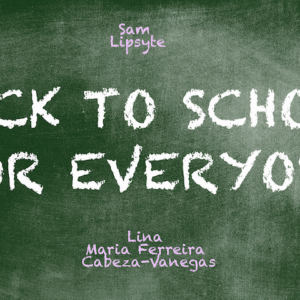When I began writing my second novel, Something New Under the Sun, I felt for the first time the thrill and intimidation of truly trying to capture a specific place in fiction. I had lived in Los Angeles, the setting I’d chosen for the book, as a child and been back many times, but finding my way into a sense of place that could hold all the characters, plot, and atmosphere I had in mind was a challenge.
When you can’t look around you and reference your surroundings, how do you recreate that sturdy scaffolding on which story can be built? And when you are actually standing on the site of the story, how do you excavate for the details and tonal features that truly make a place come to life? You have to find other ways in, using a combination of research, memory, imagination, and analysis.
I designed this course to replicate some of that process. We read a series of books that treat different craft strategies for refracting the dimensions of place: domestic novels, urban novels, novels of landscape and the frontier, novels that take place in a dreamspace unfettered by physical rules, fantasy worlds built from a chimera of sociocultural elements both real and imagined. We looked at novels that figure setting as a space of memory, and novels that treat domestic space and its intersection with its surroundings.
But the core of the class was a creative project that evolved over the course of the semester: students chose a site at the beginning of the course, presented it to one another, and researched it throughout the semester using historical sources, google sleuthing, literary bibliographies, interviews with experts and inhabitants, and “stakeouts” that were sometimes physical and sometimes required a good deal of imagination. This in-process material was shared to generate comments and questions that could feed the ultimate endpoint of the project: a creative piece set in the location that students had gotten to know so well over the weeks of our class, which we workshopped at the tail end of the semester.
As I get further along in my teaching career, one of my interests is to make spaces where we can open up our in-process work to one another, instead of keeping it so airlessly, hermetically sealed.
Course Description
We often think about narratives in a strongly anthropocentric sense–the “who” comes first, followed by the what, when, where, and why. But the “where” of it all can play a much bigger role in the telling of a story than we sometimes imagine: setting gives shape and form to a narrative, is at the root of mood and atmosphere, and can even function as a character with its own specific mode of agency.
In this class, we will read several novels by writers who make use of setting as a crucial component of plot and narration, whether in the context of domestic fiction, the Western, science fiction, surrealism, or travel narrative. In addition to analysis, critical response, and close-reading of these texts, each student will conduct a semester-long research project on the place of their choice, culminating in a text that we will workshop in class. Students should come prepared to present their work, collaborate on research projects, and share their reading responses with their peers for in-class workshopping.
Reading List
Hernan Diaz, In the Distance • Joan Didion, Play It as It Lays • Paula Fox, Desperate Characters • Fiston Mwanza Mujila, Tram 83 • Marie NDiaye, My Heart Hemmed in • Nnedi Okorafor, Who Fears Death • Yoko Tawada, Where Europe Begins • Azareen Van der Vliet Oloomi, Savage Tongues • Joy Williams, Breaking and Entering



